- Borschevik: Plant-Parasite and Its Impact on Crops
- Life Cycle of Borschevik
- Impact on Crops
- Management and Control
- Conclusion
- Borschevik Life Cycle: Understanding the Parasitic Plant
- 1. Germination:
- 2. Host Identification:
- 3. Haustorium Formation:
- 4. Nutrient Extraction:
- 5. Growth and Reproduction:
- 6. Seed Production:
- 7. Complete the Cycle:
- Borschevik and its Impact:
- How Borschevik Affects Different Crops
- Identifying Borschevik: Symptoms and Signs
- 1. Stunted Growth
- 2. Chlorosis
- 3. Reduced Yields
- 4. Leaf Deformation
- 5. Presence of Dodder-like Structures
- 6. Yellow or Brown Bizarre Seed Pods
- Preventive Measures to Combat Borschevik Infestation
- 1. Crop Rotation
- 2. Proper Sanitation
- 3. Early Detection
- 4. Resistant Varieties
- 5. Biological Control
- 6. Chemical Control
- 7. Educating Farmers
- 8. Collaboration and Information Sharing
- Conclusion
- Chemical and Biological Control of Borschevik
- Chemical Control Methods
- Biological Control Methods
- Integrated Pest Management
- Showcasing Borschevik Infestation Through Photos
- Overview
- 1. Early Signs of Infestation
- 2. Spread and Growth
- 3. Severe Infestation
- 4. Control Measures
- 5. Prevention
- Visit My Site for More Information on Borschevik and Crop Protection
- Why Visit Our Site?
- Additional Resources
- Join Our Community
- Questions and Answers:
- What is Borschevik?
- How does Borschevik damage plants?
- What are the signs of a Borschevik infestation?
- How can I prevent Borschevik infestations in my garden?
- What are the recommended methods for fighting Borschevik?
- Videos: How to Match a Photo with F-Spy
Borschevik is a common type of plant-parasite that can cause significant damage to crops and gardens. These parasitic plants belong to the family Orobanchaceae and are known for their ability to attach themselves to the roots of host plants and extract nutrients from them. This can lead to stunted growth, reduced yields, and in some cases, the death of the host plant.
The most effective way to fight Borschevik is through prevention and early detection. It is important to regularly inspect your plants for any signs of infestation, such as discoloration, wilting, or abnormal growth. If you suspect that your plants may be infected, it is vital to act quickly to prevent further spread.
There are several methods to control or eliminate Borschevik infestations. One common approach is the use of herbicides, which can be applied directly to the infected plants or to the soil surrounding them. However, it is important to follow the manufacturer’s instructions and take necessary precautions when using chemical treatments.
Another option for fighting Borschevik is biological control. This involves introducing natural enemies of the parasite, such as predatory insects or beneficial fungi, to the affected area. These organisms can help to reduce the population of Borschevik and limit its spread.
Borschevik: Plant-Parasite and Its Impact on Crops
Borschevik is a type of plant-parasitic nematode that can have a significant impact on various crops. These microscopic worms live in the soil and feed on the roots of plants, causing damage and reducing crop productivity. Understanding the biology and control methods of Borschevik is crucial for farmers and agricultural professionals.
Life Cycle of Borschevik
Borschevik has a complex life cycle consisting of several stages:
- Egg: The life cycle starts with an egg, which is laid in the soil by adult female nematodes.
- Juvenile stages: After hatching, the nematodes go through four juvenile stages. During this time, they actively search for plant roots to feed on.
- Adult: Once the nematodes reach the adult stage, they continue feeding on plant roots and reproduce, laying eggs in the soil to start a new cycle.
Impact on Crops
Borschevik can cause significant damage to a wide range of crops, including vegetables, fruits, and grains. The nematodes feed on the plant roots, weakening them and making the plants more susceptible to other diseases and stress factors.
The symptoms of Borschevik infestation may include stunted growth, wilting, yellowing of leaves, and reduced crop yield. Severe infestations can lead to plant death and large economic losses for farmers.
Management and Control
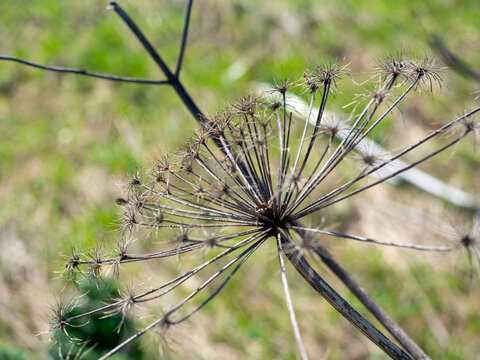
Effective management and control of Borschevik require an integrated approach that combines different strategies:
- Crop rotation: Planting non-host crops in rotation with susceptible crops can help reduce Borschevik populations and break the nematode’s life cycle.
- Soil solarization: Exposing the soil to high temperatures by covering it with transparent plastic sheets can kill Borschevik and other soil pests.
- Biocontrol: The use of beneficial nematodes or other predators that feed on Borschevik can help control the population of the plant-parasitic nematodes.
- Chemical treatments: Nematicides are available that can be used to control Borschevik infestations. However, their use should be carefully considered due to potential environmental impacts.
Conclusion
Borschevik is a plant-parasitic nematode that poses a threat to various crops. Understanding its life cycle and impact on plants is essential for effective management and control. By implementing integrated pest management strategies, farmers can reduce the damage caused by Borschevik and protect their crops from this destructive pest.
Borschevik Life Cycle: Understanding the Parasitic Plant
Borschevik, also known as the Tormentil rhinanthoides, is a fascinating parasitic plant that belongs to the family Orobanchaceae. Understanding its life cycle is crucial for effective control and management.
1. Germination:
The life cycle of Borschevik begins with the germination of its small and dust-like seeds. These seeds require specific environmental conditions to initiate germination, such as warm temperatures and moisture.
2. Host Identification:
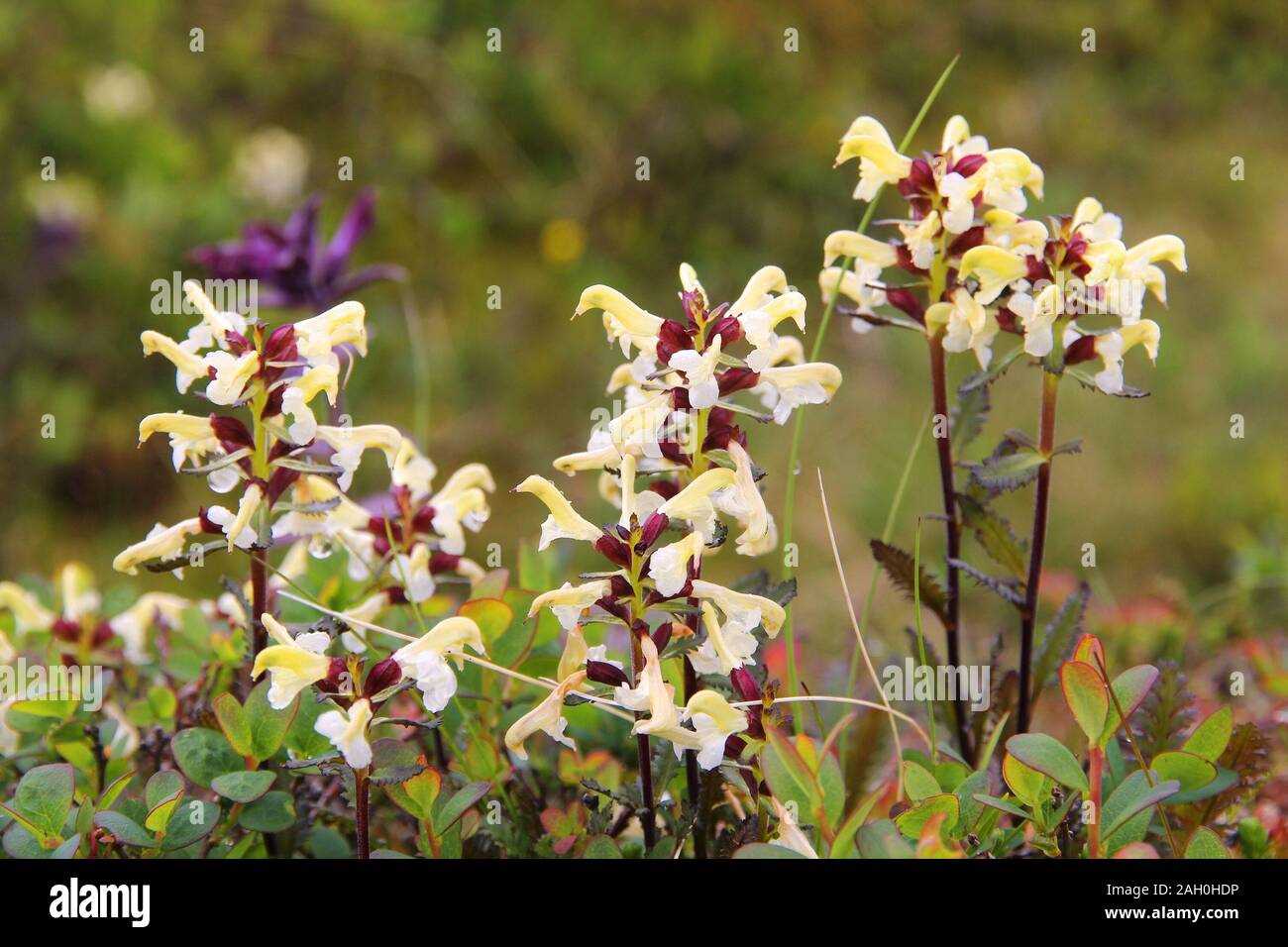
Once germinated, the Borschevik plant searches for suitable host plants to attach itself to. It identifies its host through chemical cues released by the roots of potential hosts.
3. Haustorium Formation:
Once the Borschevik plant identifies a suitable host, it develops a specialized structure called a haustorium. The haustorium penetrates the host plant’s tissues and establishes a connection to its vascular system. This connection allows Borschevik to extract nutrients and water from the host plant.
4. Nutrient Extraction:
With the haustorium successfully attached to the host, Borschevik begins extracting nutrients from the host plant. It taps into the host’s vascular system and absorbs water, minerals, and organic compounds.
5. Growth and Reproduction:
As Borschevik continues to extract nutrients from the host, it grows and develops reproductive structures. These structures produce flowers that contain ovaries and male reproductive organs, allowing the plant to reproduce sexually.
6. Seed Production:
Once pollination occurs, the flowers of Borschevik transform into seed capsules. These seed capsules contain numerous tiny seeds that will be dispersed to new areas once the plant dries out and dies. These seeds can remain dormant in the soil for an extended period, waiting for the right conditions to germinate and start their life cycle anew.
7. Complete the Cycle:
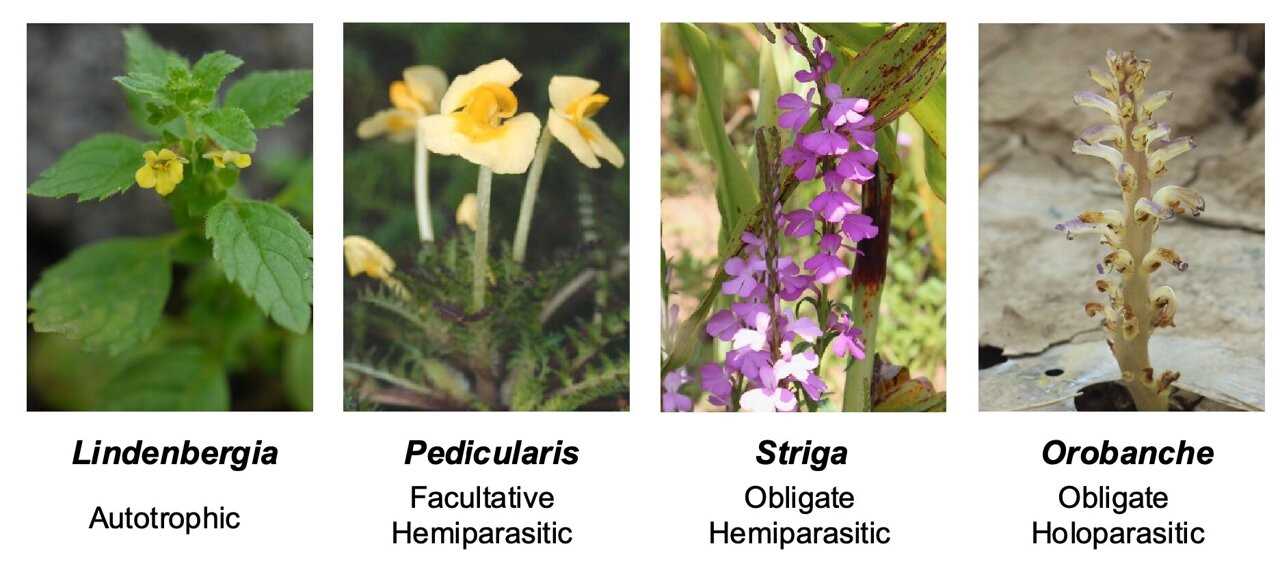
Once the seeds are dispersed, the life cycle of Borschevik starts again with germination, host identification, haustorium formation, nutrient extraction, growth, and reproduction.
Borschevik and its Impact:
Borschevik, while fascinating in its life cycle, can be a troublesome plant as it competes with host plants for resources and weakens them. It is essential to develop effective control and management strategies to mitigate the impact of Borschevik on agricultural crops and natural habitats.
How Borschevik Affects Different Crops
- Potatoes: Borschevik can cause the leaves of potato plants to develop yellow spots and become wilted. In severe cases, the stems can also turn black and rot. This can lead to reduced yield and poor quality tubers.
- Tomatoes: Borschevik affects tomatoes by causing the leaves to develop yellowing, similar to potato plants. Additionally, infected fruits may exhibit brown rot, causing them to become soft and mushy.
- Cucumbers: Borschevik can cause the leaves of cucumber plants to develop yellow spots and wither. It can also lead to stunted growth and poor fruit development. In some cases, the fruits may exhibit brown rot or become deformed.
- Peppers: Pepper plants affected by Borschevik can exhibit yellowing of leaves, along with wilting and stunted growth. Infected peppers may develop brown rot, leading to a reduction in quality and yield.
It’s important to note that Borschevik can affect a wide range of crops. Therefore, it’s crucial for farmers to be vigilant and take appropriate measures to prevent and control the spread of this plant-parasite. Rotation of crops, proper sanitation measures, and the use of resistant cultivars can help in managing Borschevik infestations.
Identifying Borschevik: Symptoms and Signs
Borschevik is a plant-parasitic weed that can cause severe damage to crops and plants. It is important to be able to identify the symptoms and signs of Borschevik infestation in order to take appropriate measures for its control.
1. Stunted Growth
Plants infested with Borschevik often exhibit stunted growth. The affected plants may be smaller in size compared to healthy plants of the same species and may fail to reach their full potential height.
2. Chlorosis
Chlorosis, a condition characterized by yellowing of the leaves, is a common symptom of Borschevik infestation. The leaves of affected plants may turn yellow or even white, indicating a decline in chlorophyll production due to the parasite.
3. Reduced Yields
Borschevik competes with host plants for nutrients, water, and sunlight, leading to reduced yields. If you notice a sudden drop in crop productivity or smaller-than-expected harvests, it could be a sign of Borschevik infestation.
4. Leaf Deformation
Borschevik-infested plants may exhibit abnormal leaf growth and deformation. Leaves may appear twisted, curled, or have irregular shapes. This distortion is a result of the parasite’s interference with the normal growth and development of the host plant.
5. Presence of Dodder-like Structures
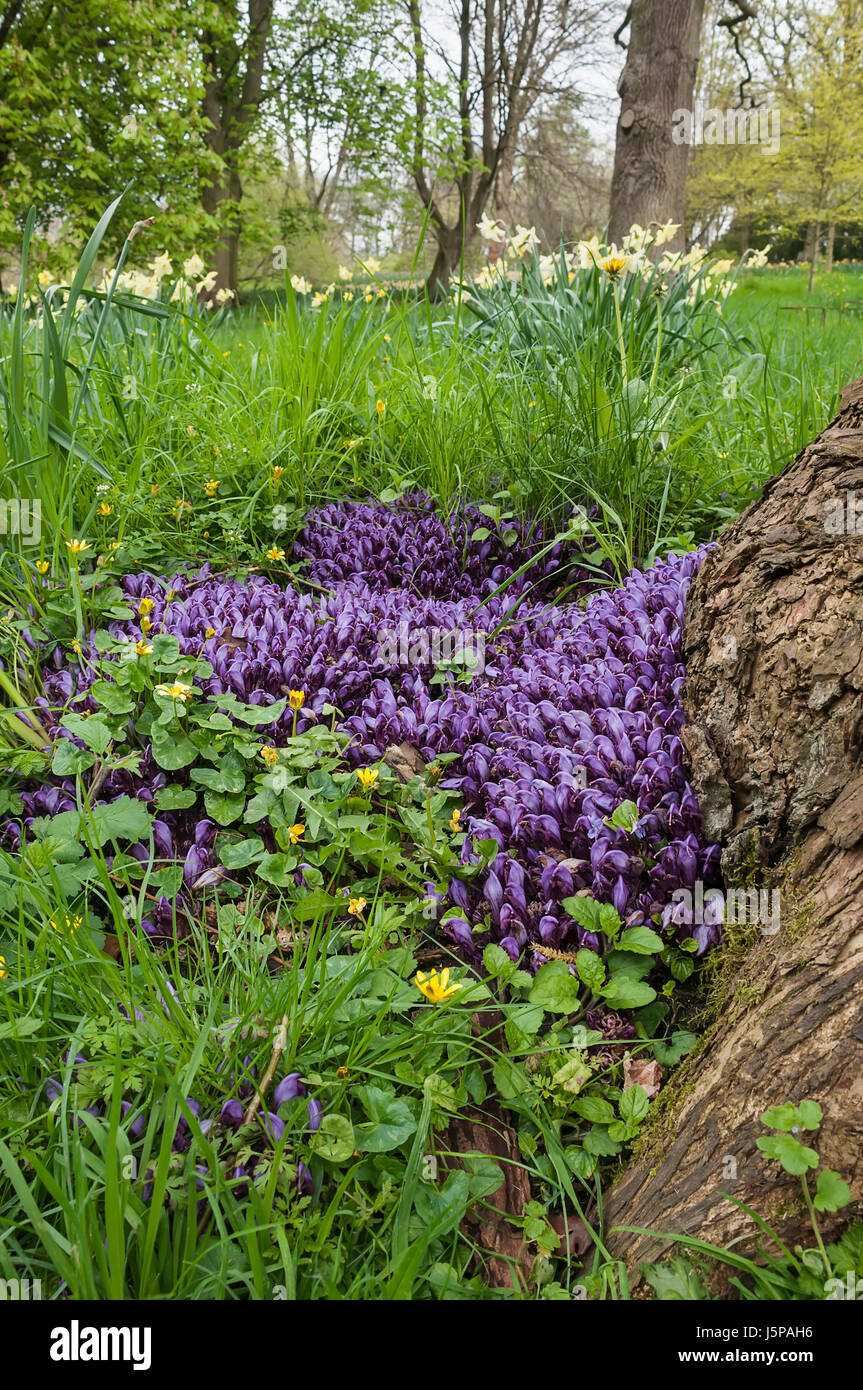
Borschevik produces long, thin, and yellowish dodder-like structures that can wrap around the stems, leaves, and flowers of host plants. These structures serve as the conduits through which Borschevik derives nutrients from its host, further weakening the plant.
6. Yellow or Brown Bizarre Seed Pods
Mature Borschevik plants produce distinctive yellow or brown seed pods with strange and often irregular shapes. These unique seed pods can help in the identification of Borschevik-infested areas.
If you notice any combination of these symptoms or signs in your crops or plants, it is important to take immediate action to prevent further spread of Borschevik. Consult with a professional agronomist or agricultural expert for proper diagnosis and advice on control measures.
Preventive Measures to Combat Borschevik Infestation
1. Crop Rotation
One of the most effective ways to prevent Borschevik infestation is by practicing crop rotation. This involves alternating the types of crops that are planted in the same field each year. Borschevik tends to thrive in monoculture systems, so by changing the crop type, you can disrupt its lifecycle and reduce its impact.
2. Proper Sanitation
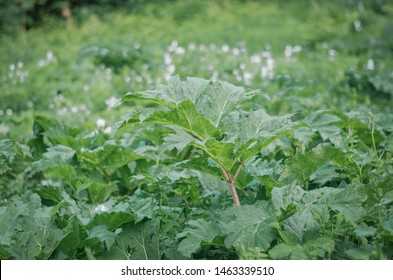
Keeping the field and surrounding areas free from plant debris and weeds can significantly reduce the risk of Borschevik infestation. Remove any dead plants, straw, or leaves that may serve as a breeding ground for the parasite. Regularly clean your farming equipment to prevent the spread of the pest from one field to another.
3. Early Detection
Regular scouting of your crops is crucial for early detection of Borschevik infestation. Monitor your plants closely for any signs of leaf discoloration, wilting, or unusual growth patterns. If you spot any symptoms, take immediate action to prevent the spread of the parasite to other plants.
4. Resistant Varieties
Planting resistant varieties of crops can provide an added layer of protection against Borschevik infestation. These varieties are bred to have natural resistance to the parasite, making them less likely to be affected. Consult with local agricultural extension services or seed suppliers to identify suitable resistant crop varieties for your area.
5. Biological Control
Introducing natural enemies of Borschevik, such as parasitic wasps or predatory mites, can be an effective method of controlling its population. These beneficial insects feed on the parasite, helping to keep its numbers in check. Consult with an entomologist or agricultural specialist for guidance on the appropriate biological control options for your specific situation.
6. Chemical Control
If preventive measures and biological controls are not sufficient to manage Borschevik infestation, chemical control options may be necessary. Treatments with insecticides specifically formulated to target Borschevik can help suppress its population. However, caution should be exercised to minimize negative effects on beneficial insects and the environment. Consult with a licensed pesticide applicator or agricultural advisor to determine the most appropriate chemical control strategy.
7. Educating Farmers
Improving awareness among farmers about the risks and preventive measures for Borschevik infestation is crucial. Provide educational resources, training programs, and workshops to empower farmers with the knowledge and skills needed to identify, prevent, and manage this plant parasite effectively.
8. Collaboration and Information Sharing
Collaborate with other farmers, agricultural organizations, and researchers to share information and experiences regarding Borschevik infestation. By working together, you can develop best practices, access valuable resources, and collectively fight against this plant parasite.
Conclusion
By implementing these preventive measures, farmers can reduce the risk of Borschevik infestation and minimize its impact on their crops. It is essential to adopt a holistic approach that combines various strategies to effectively combat this plant parasite and protect agricultural yields.
Chemical and Biological Control of Borschevik
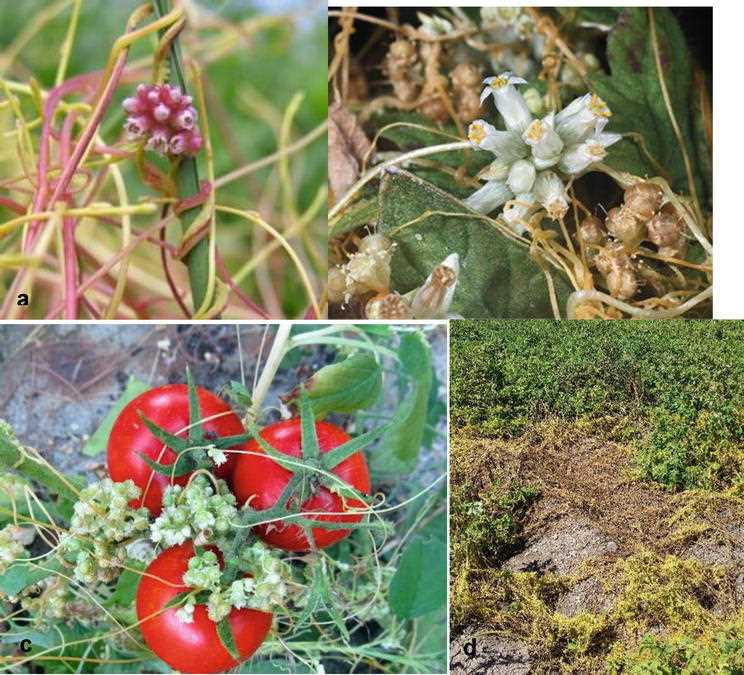
Borschevik, also known as broomrape, is a plant-parasitic weed that can cause significant damage to crops. To control the spread and growth of this weed, various chemical and biological control methods can be implemented. These methods aim to minimize the negative impact of Borschevik on agricultural productivity and ensure the health of crops.
Chemical Control Methods
Chemical control methods involve the use of herbicides to kill or inhibit the growth of Borschevik. These herbicides are typically applied to the soil or sprayed directly onto the weed. Some commonly used herbicides for Borschevik control include:
- Sulfosulfuron: This herbicide is effective against Borschevik and can be applied to the soil as a pre-plant treatment.
- Flazasulfuron: Another herbicide that can be used as a pre-plant treatment to control Borschevik.
- Imazamox: This herbicide is used as a post-emergence treatment and can effectively control Borschevik.
It is important to carefully follow the instructions provided with these herbicides to ensure effective and safe control of Borschevik. Additionally, it is advisable to rotate between different herbicides to prevent the development of herbicide resistance in the weed population.
Biological Control Methods
Biological control methods involve the use of natural enemies, such as insects or pathogens, to reduce the population of Borschevik. These natural enemies attack Borschevik at various stages of its life cycle, preventing its growth and reproduction. Some common biological control agents for Borschevik include:
- Ornate broomrape moth (Cydia coniferana): The larvae of this moth feed on Borschevik seeds, reducing their viability and preventing the weed’s spread.
- Fungus (Phytomyza orobancoides): This fungus infects Borschevik plants and causes disease, leading to their death.
- Root-knot nematodes (Meloidogyne spp.): These microscopic worms infect Borschevik roots, causing deformities and reducing the weed’s ability to access nutrients.
Biological control methods are often used in combination with chemical control methods to achieve optimal results. It is important to consider the specific conditions of the agricultural area and the characteristics of the Borschevik population when selecting and implementing biological control agents.
Integrated Pest Management
An integrated pest management (IPM) approach is recommended for the control of Borschevik. This approach combines multiple control methods, including chemical and biological control, with cultural practices and monitoring to minimize the use of pesticides and ensure the long-term effectiveness of control measures.
Implementing IPM for Borschevik control involves regular monitoring of the weed population, early detection of infestations, and timely implementation of control measures. It also involves promoting crop health through appropriate soil management, crop rotation, and the use of resistant or tolerant crop varieties.
By adopting an integrated approach, farmers can effectively control Borschevik while minimizing the impact on the environment and ensuring the sustainability of agricultural practices.
Showcasing Borschevik Infestation Through Photos
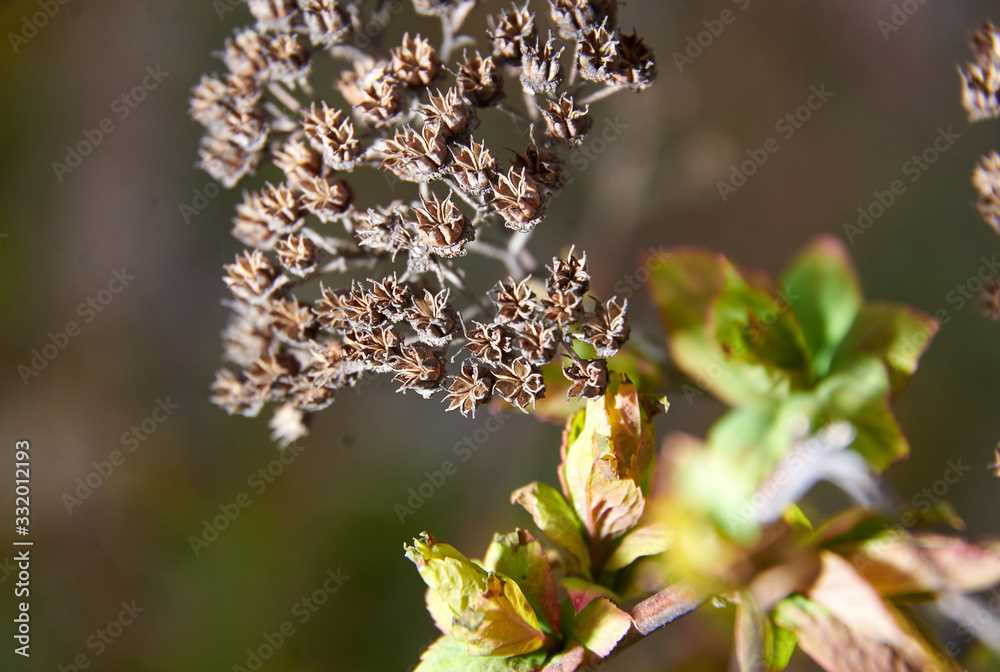
Overview
Borschevik infestation is a widespread problem that affects many plants and crops. This plant-parasite is known for its ability to attach to host plants and drain their resources, leading to stunted growth and reduced crop yield.
1. Early Signs of Infestation
One of the earliest signs of Borschevik infestation is the appearance of small, yellow spots on the leaves of the host plant. These spots may be accompanied by wilting or drying of the affected leaves.
2. Spread and Growth
If left unchecked, Borschevik can quickly spread and grow on the host plant. It forms a white, cotton-like substance on the leaves, stems, and even flowers of the plant. This substance is a protective covering that helps the parasite survive and reproduce.
3. Severe Infestation
In severe cases of Borschevik infestation, the host plant may experience significant damage. The leaves may turn brown and fall off, leading to defoliation. The entire plant may become weak and eventually die if not treated promptly.
4. Control Measures
To prevent and control Borschevik infestation, various control measures can be implemented. These include:
- Pruning: Remove infected parts of the plant and destroy them to prevent the spread of the parasite.
- Biological Control: Introduce natural predators or parasites of Borschevik to reduce its population.
- Chemical Control: Use appropriate insecticides or fungicides to kill the parasite and protect the host plant.
- Cultural Practices: Maintain good plant health by providing proper nutrition, irrigation, and pest management practices.
5. Prevention
Prevention is key to avoiding Borschevik infestation. Here are some preventive measures that can be taken:
- Plant Selection: Choose plants that are resistant to Borschevik infestation.
- Sanitation: Keep the garden clean and free from plant debris that could harbor the parasite.
- Quarantine: Isolate new plants and inspect them for any signs of infestation before introducing them to the garden.
- Air Circulation: Ensure proper spacing between plants to promote air circulation and reduce the risk of infestation.
- Vigilance: Regularly inspect plants for any signs of infestation and take immediate action if detected.
 |  |
 |  |
Visit My Site for More Information on Borschevik and Crop Protection
If you want to learn more about Borschevik and how to protect your crops from this plant-parasite, visit our website. We have a wealth of information available to help you understand the characteristics and behavior of Borschevik, as well as effective strategies for crop protection.
Why Visit Our Site?
Our website offers comprehensive information on Borschevik and crop protection techniques. Here are some reasons why you should visit:
- Extensive Research: Our team of experts has conducted thorough research on Borschevik and its impact on crops. We provide up-to-date information based on scientific studies and experiments.
- Identification Guide: Our website features an identification guide with detailed photos and descriptions to help you identify Borschevik in your fields.
- Prevention Methods: We offer valuable insights into prevention methods that can help you minimize the risk of Borschevik infestation in your crops.
- Treatment Options: Our site includes information on various treatment options available to control Borschevik infestations.
Additional Resources
On our website, you will also find additional resources to further enhance your knowledge on crop protection:
- Articles and Blogs: We regularly publish articles and blogs on the latest advancements in crop protection and share expert tips and insights.
- Case Studies: Our case studies showcase real-world examples of successful crop protection strategies and the impact they have had on farmers’ yields.
- FAQs: Our frequently asked questions section addresses common queries and concerns related to Borschevik and crop protection.
Join Our Community
By visiting our website, you can join our community of farmers, agronomists, and researchers who are passionate about crop protection. Connect with like-minded individuals, share your experiences, and learn from others in the field.
Remember, knowledge is the key to effective crop protection, and our website is here to provide you with the information you need to protect your crops from Borschevik.
Questions and Answers:
What is Borschevik?
Borschevik is a plant parasite commonly found in gardens and agricultural fields. It feeds off other plants, sucking their nutrients and causing damage to their growth.
How does Borschevik damage plants?
Borschevik damages plants by attaching itself to their roots and sucking out the nutrients. This can weaken the plants, stunt their growth, and even kill them in severe cases.
What are the signs of a Borschevik infestation?
The signs of a Borschevik infestation include stunted growth, yellowing or wilting leaves, and an overall unhealthy appearance of the affected plants.
How can I prevent Borschevik infestations in my garden?
To prevent Borschevik infestations, you can practice good garden hygiene by removing any infected or dead plants, rotating crops, and keeping your garden well-maintained. Additionally, you can use natural pesticides or biocontrol methods to deter or eliminate Borschevik.
What are the recommended methods for fighting Borschevik?
The recommended methods for fighting Borschevik include using natural predators, such as nematodes or ladybugs, to control their population, applying biopesticides or insecticidal soaps, practicing crop rotation, and maintaining good garden hygiene.







